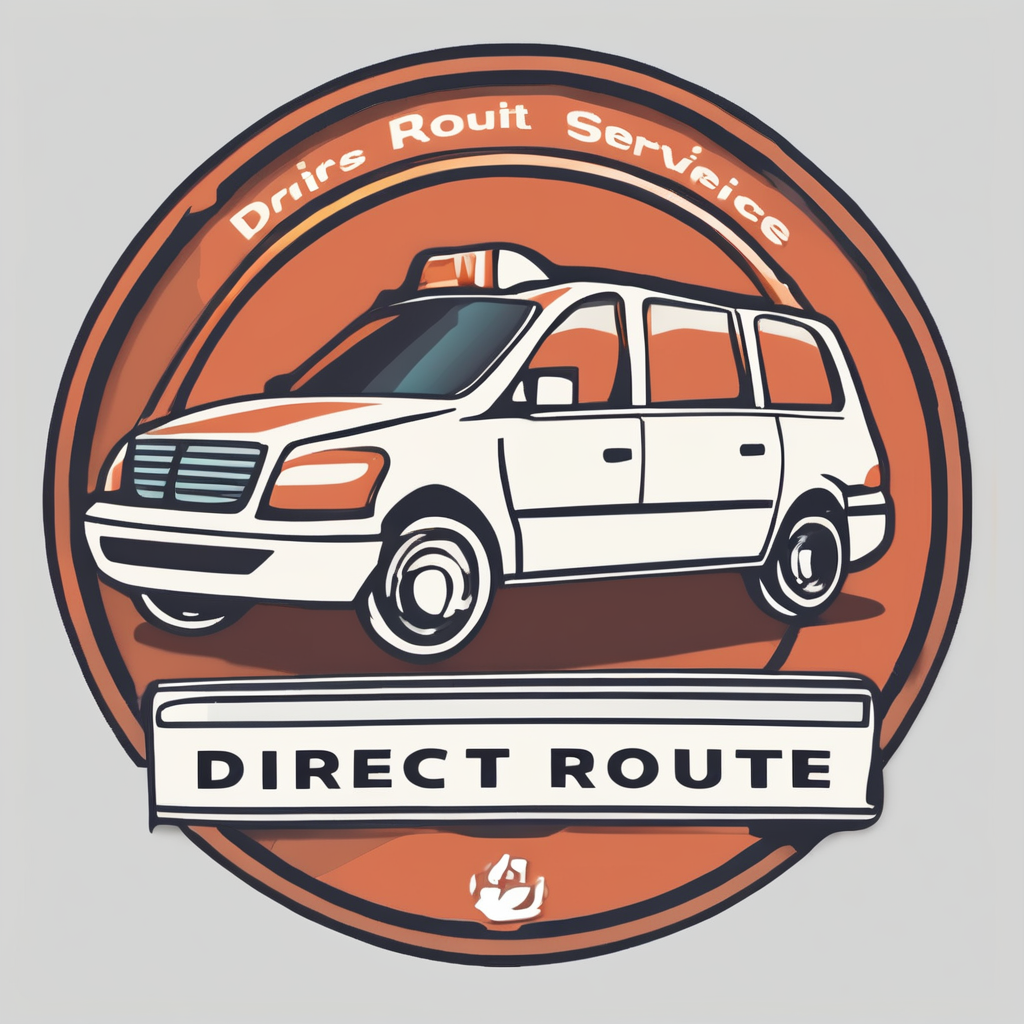SDV reshapes how vehicles operate by shifting control from hardware to software, driving innovation and customization like never before. Understanding SDV clarifies its impact on safety, user experience, and the future automotive landscape. Exploring its meaning reveals a transformative shift that goes beyond traditional driving concepts.
Decoding SDV: Definition and Industry Context
Learn more about the acronym SDV and its usage—a term with multiple meanings depending on the sector. In automotive technology, SDV primarily stands for “Software-Defined Vehicle,” a concept central to autonomous driving development. This vehicle type leverages advanced software to manage performance, safety features, and navigation, making it vital for the future of transportation.
In the same genre : 5 Benefits of Installing Reflective License Plate Cover
In military contexts, SDV refers to “SEAL Delivery Vehicle,” a specialized submersible used by U.S. Navy SEALs. Since its inception in 1983, this underwater vehicle supports covert missions, including reconnaissance, demolition, and ship sabotage, often deployed from submarines or surface ships.
Understanding these distinct interpretations is crucial for comprehensive analysis. In automotive sectors, SDV advancements influence vehicle safety, sensor technology, and urban mobility solutions. Conversely, military SDVs exemplify stealth and underwater operational capabilities. Making sense of learn more about the acronym SDV and its usage helps clarify its broader implications across industries, from autonomous vehicles to underwater warfare.
Also read : Top reasons to choose ceramic coating for your vehicle in kent
SDV in Automotive Industry
Fundamentals of Software-Defined Vehicles
A software-defined vehicle (SDV) leverages advanced autonomous vehicle technology and embedded software to deliver flexible, upgradeable transportation. SDVs separate hardware from software, allowing new features via software updates for SDV rather than physical modifications. This setup streamlines self-driving vehicles overview by making real-time data processing and rapid evolution possible. Through integration of cloud connectivity and machine learning in SDV, these platforms support personalized, adaptable driving experiences.
Recent breakthroughs in autonomous vehicle sensor technology
Emerging SDV sensor technology has brought remarkable advances. The use of lidar in autonomous vehicles enables high-precision mapping and robust object detection in diverse traffic conditions. Enhanced autonomous vehicle technology relies on sensor fusion, blending radar, cameras, and ultrasonics for 360-degree situational awareness. This progress increases the reliability of self-driving features and ensures autonomous driving safety features are more responsive and accurate.
Industry leaders and key players in SDV development
Major SDV automotive companies such as AVSimulation focus on innovating simulation tools for SDV testing and validation. They employ platforms like SCANeR to accelerate SDV software development and enable virtual prototyping. Advances by these industry leaders push the boundaries of autonomous vehicle legislation updates, helping shape regulatory compliance and boost consumer trust in SDV technologies.
Military and Defense Applications of SDV
Overview of the U.S. Navy SEAL Delivery Vehicle
The SEAL Delivery Vehicle (SDV) serves as a specialized underwater tool for stealth insertion and underwater reconnaissance, offering significant strategic advantages to SDV Navy operations. Since 1983, SDV teams have relied on this submersible for covert missions, with the SDV vehicle usually deployed from submarines equipped with Dry Deck Shelters. These vehicles have shaped the operational history of elite units, enabling SDV SEAL teams to access hostile shores and execute complex tasks with increased survivability.
Capabilities, Design, and Operational Use
The current Mark 8 Mod 1 SDV provides a top speed of 6 knots and carries a pilot, co-pilot, and four combat swimmers, earning a steadfast reputation among SDV military professionals. Its aluminum hull increases durability, while a compact electric motor underscores silent running—a necessity for stealth. SDV submarines, though flooded by design, have continually improved, yet users must still adapt to the cramped and dark interiors. Missions often focus on underwater reconnaissance and mine placement, maximizing the element of surprise for SDV SEAL operations.
Technological Evolution and Future Military Innovations
Improvements in autonomous vehicle technology are reshaping SDV military applications, integrating innovations such as advanced battery management and upgraded navigation systems. Recent SDV software development enables more precise mission planning and improves reliability metrics for SDV vehicles. Anticipating the future, projects like the Mark 11 SDV, with autonomous navigation methods and new safety features, aim to push the boundaries of unmanned and manned stealth insertion for SEAL teams and operational units worldwide.
Market Trends and Investment Outlook
Current market analysis and growth forecasts for SDV technologies
Self-driving vehicles are reshaping the future of transportation through relentless advancements in autonomous vehicle technology. Global sdv market forecasts project that autonomous cars and trucks will capture an increasing share of new vehicle sales, supported by the constant evolution of sdv sensor technology and rigorous sdv road testing protocols. Early adopter regions report rising sdv global adoption rates, with urban mobility solutions enabling smarter, more efficient cities. As electric sdv models become standard, innovations in sdv battery technologies and power management in autonomous vehicles further enhance environmental benefits and energy efficiency.
Challenges facing SDV market expansion
Despite this momentum, several challenges in autonomous vehicles persist. Dealers, providers, and sdv automotive companies face evolving regulatory environments, sdv cybersecurity concerns, and persistent consumer trust issues. Ensuring the safety of autonomous fleets through robust sdv testing and validation is essential, as is addressing sdv legal liability issues and the impact of sdv on insurance premiums. Reliable machine learning in sdv and dynamic sdv human machine interface design will help overcome social acceptance barriers for driverless cars.
Investment insights and future prospects
From an investment perspective, sdv share price analysis highlights strong potential in companies prioritizing machine learning, virtual assistant systems in sdv, and predictive sdv maintenance. Governments are offering incentives, complementing private sdv investment opportunities and making long-term gains in autonomous driving safety features more accessible. As adoption accelerates, sdv consumer adoption rates support a sustained market outlook for innovative, solution-driven self-driving vehicle data privacy and cybersecurity strategies.
Self-Driving Vehicles: Technology, Safety, and Future Opportunities
Self-driving vehicles overview begins with the integration of autonomous vehicle technology: a system relying on sensors, AI, and real-time analytics for navigation, environmental awareness, and safety. Modern sdv software development channels machine learning in sdv to constantly improve decision-making and drive. This focus extends directly to the role of AI in driverless cars, empowering autonomous navigation methods and virtual assistant systems in sdv for both situational awareness and responsiveness to unpredictable road conditions.
Autonomous driving safety features—including lidar in autonomous vehicles, advanced sdv sensor technology, and redundant control systems—underpin the promise of self-driving car benefits, from reduced human error to improved traffic management with sdv. Sdvs must pass rigorous sdv testing and validation protocols, simulating thousands of urban mobility solutions scenarios to assess system reliability.
Market adaptation hinges on addressing challenges in autonomous vehicles, like sdv consumer adoption rates and sdv cybersecurity concerns. Industry leaders focus on refining sdv communication systems, supporting vehicle-to-infrastructure integration, and standardizing sdv reliability metrics.
The future of transportation will see increased sdv global adoption rates as sdv environmental benefits, economic efficiencies, and improvements in sdv human machine interface design become more visible.











